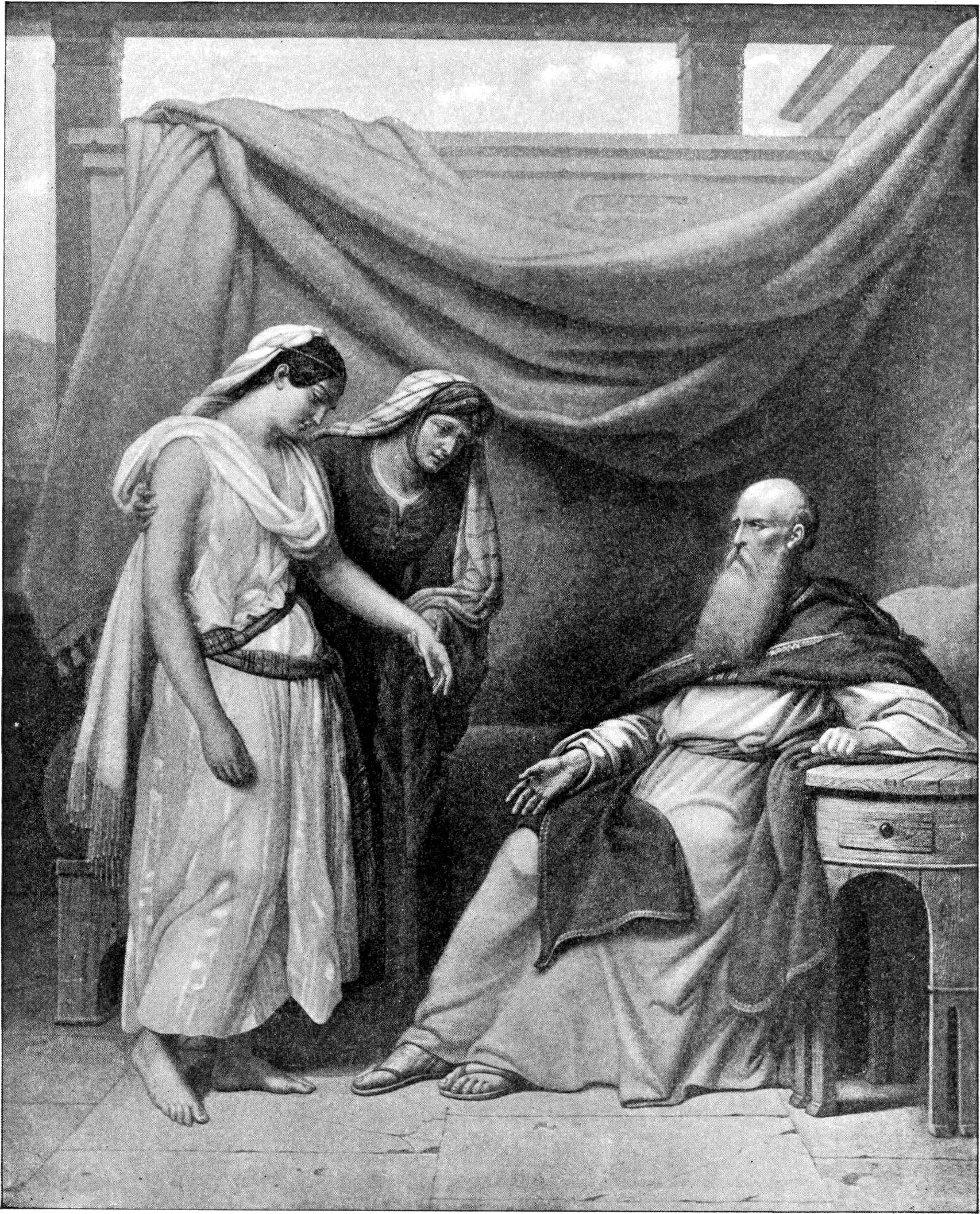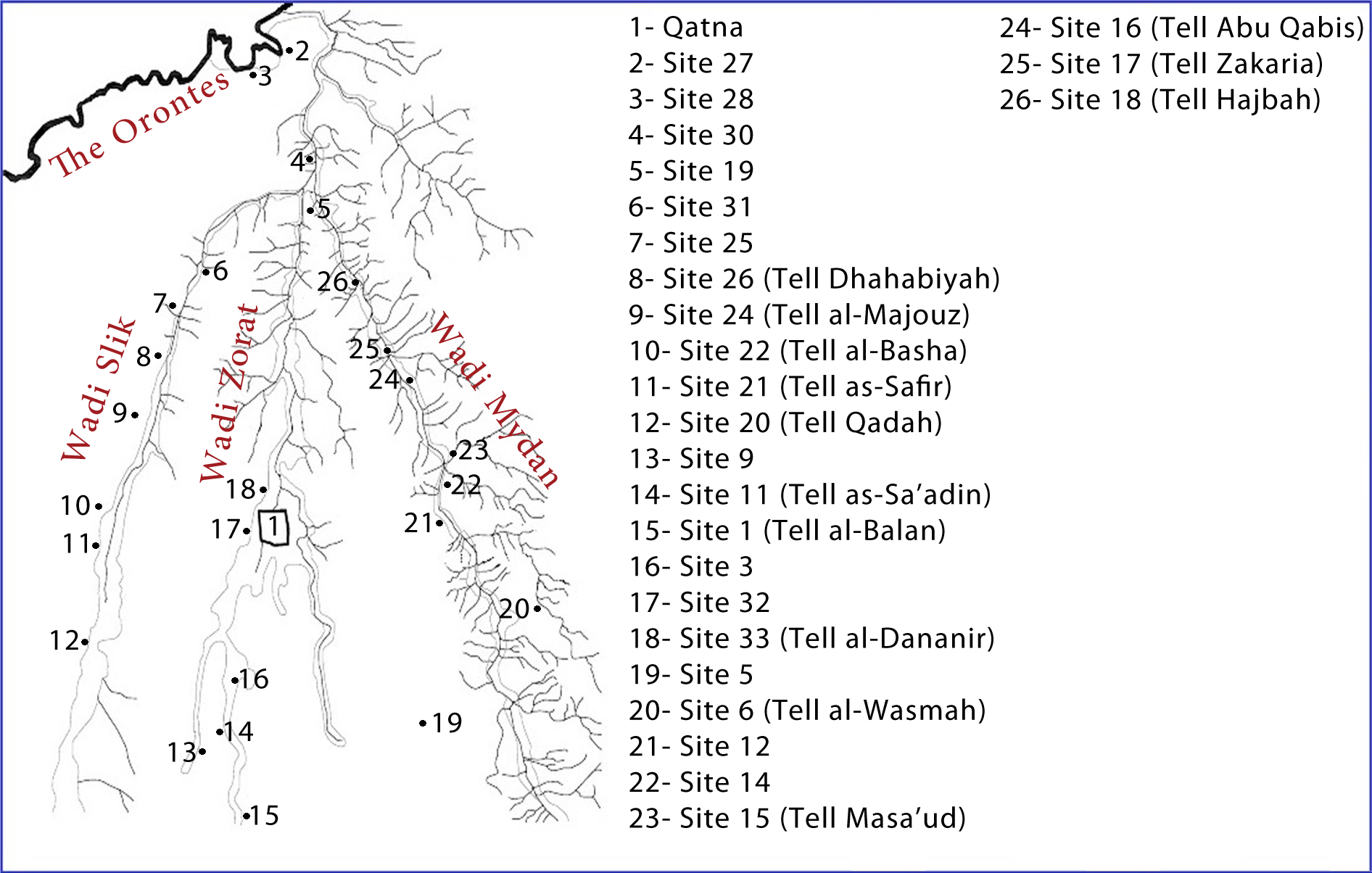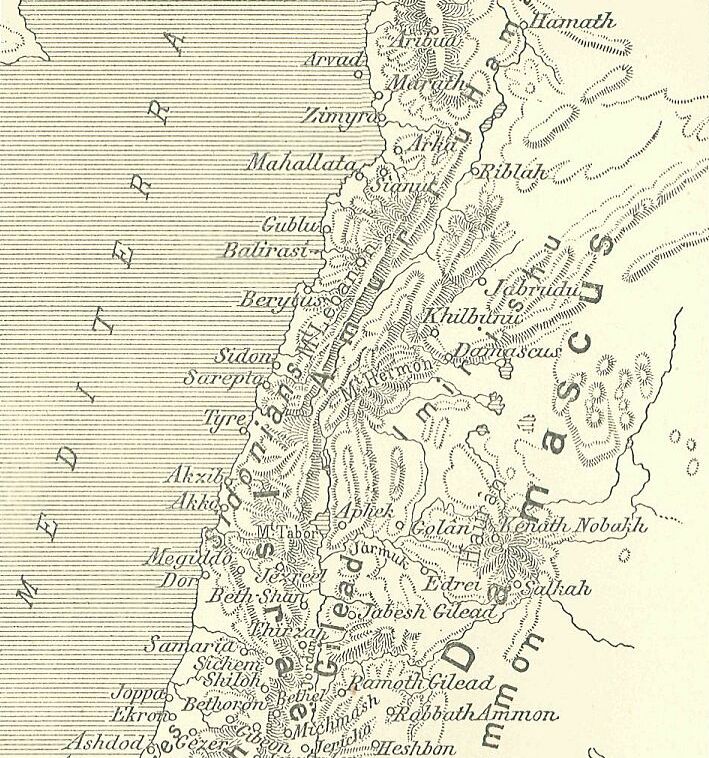|
Upu
Upu or Apu, also rendered as Aba/Apa/Apina/Ubi/Upi, was the region surrounding Damascus of the 1350 BC Amarna letters. Damascus was named ''DimaŔqu'' / ''Dimasqu'' / etc. (for example, "DimaŔki"-(see: Niya (kingdom)), in the letter correspondence. The region is only referenced in three letters, EA 53, 189, and 197 ( EA is for 'el Amarna'). Etakkama of ''QidŔu'' ( Kadesh) in the Beqaa (named the '' Amqu'') is in partial control, between allegiance to Pharaoh, and conjoining forces with the king of Hatti. An example of the intrigue is from the last third of EA 53, (entitled: ''"Of the villain Aitukama"''): :My lord, if he (i.e. pharaoh) makes this land a matter of concern to my lord, then may my lord send archers that they may come here. (Only) messengers of my lord have arrived here. :My lord, if Arsawuya of Ruhizzi and Teuwatti of Lapana remain in ''Upu'', and TaŔŔa (Tahash) remains in the Am my lord should also know about them that ''Upu'' will not belong to my ... [...More Info...] [...Related Items...] OR: [Wikipedia] [Google] [Baidu] |
Damascus
)), is an adjective which means "spacious". , motto = , image_flag = Flag of Damascus.svg , image_seal = Emblem of Damascus.svg , seal_type = Seal , map_caption = , pushpin_map = Syria#Mediterranean east#Arab world#Asia , pushpin_label_position = right , pushpin_mapsize = , pushpin_map_caption = Location of Damascus within Syria , pushpin_relief = 1 , coordinates = , subdivision_type = Country , subdivision_name = , subdivision_type1 = Governorate , subdivision_name1 = Damascus Governorate, Capital City , government_footnotes = , government_type = , leader_title = Governor , leader_name = Mohammad Tariq Kreishati , parts_type = Municipalities , parts = 16 , established_title = , established_date ... [...More Info...] [...Related Items...] OR: [Wikipedia] [Google] [Baidu] |
Arsawuya
Arsawuya was a 'mayor' of Ruhizzi, located east of ''QidÅ”u''-(Kadesh), and farther east beyond the Anti-Lebanon mountain range, during the 1350ā1335 BC Amarna letters correspondence. He is referenced in five letters, two letters of which he wrote to the Egyptian pharaoh, letters EA 191, and 192, ( EA for 'el Amarna'). Arsawuya's second letter The complete topic of Arsawuya's second letter is missing because of a multi-sentence lacuna. EA 191, ''"Preparations for war"'' :To the king, my lord: Message of ''Arsawuya'', the ruler of Ruhizza. I fall at the feet of the king, my lord. The king, my lord, wrote to me to make preparations before the arrival of the archers of the king, my lord, and before the arrival of his many commissioners. :And could I think of not serving the king, my lord? :May I join up with the archers of the king and his commissioners so that, having everything prepared, I might follow them wherever they are at war against the king, my lord, and we capture them ... [...More Info...] [...Related Items...] OR: [Wikipedia] [Google] [Baidu] |
Aramean Cities
The Arameans ( oar, š¤š¤š¤š¤š¤; arc, š”š”š”š”š”; syc, ÜÜŖĢÜ”ÜÜ, ÄrÄmÄyÄ) were an ancient Semitic-speaking people in the Near East, first recorded in historical sources from the late 12th century BCE. The Aramean homeland was known as the land of Aram and encompassed central regions of modern Syria. At the beginning of the 1st millennium BCE, a number of Aramean states were established throughout the western regions of the ancient Near East. The most notable was the Kingdom of Aram-Damascus, which reached its height in the second half of the 9th century BCE during the reign of king Hazael. A distinctive Aramaic alphabet was developed and used to write the Old Aramaic language. During the 8th century BCE, local Aramean kingdoms were gradually conquered by the Neo-Assyrian Empire. The policy of population displacement and relocation that was applied throughout Assyrian domains also affected Arameans, many of whom were resettled by Assyrian authoritie ... [...More Info...] [...Related Items...] OR: [Wikipedia] [Google] [Baidu] |
Biryawaza
Biryawaza was a powerful ruler in the area of Egyptian controlled Syria in the middle fourteenth century BC. He is often mentioned in the Amarna letters, although his title is never given clearly. Some scholars describe him as the king of Damascus, and others think he was a high Egyptian official. In the Amarna letters, Biryawaza was ordered by his Egyptian overlords to take armed action against Labaya's sons (EA 250). In another Amarna letter, King Burna-Buriash II of Babylonia said Biryazawa attacked a Babylonian caravan sending gifts to Pharaoh Akhenaten.Eric H. Cline, '' 1177 B.C.: The Year Civilization Collapsed'', p. 58 The name ''Biryawaza'' is Indo-European in origin. Biryawaza may have been of an Indo-European maryannu caste similar to that which ruled the Mitanni and later, the Hittites The Hittites () were an Anatolian people who played an important role in establishing first a kingdom in Kussara (before 1750 BC), then the Kanesh or Nesha kingdom (c. 1750ā16 ... [...More Info...] [...Related Items...] OR: [Wikipedia] [Google] [Baidu] |
BiridaŔwa
BiridaÅ”wa (Sanskrit: "PrÄ«tÄÅva," "whose horse is dear" (Mayrhofer II 182)) was a mayor of ''AÅ”tartu'', (Tell-Ashtara), south of Damascus, (named Dimasqu/DimaÅ”qu), during the time of the Amarna letters correspondence, about 1350ā 1335 BC. A second mayor of AÅ”tartu, Ayyab, existed in this short 15ā20 year time period. History Though BiridaÅ”wa did not communicate with the Egyptian pharaoh directly in any of the Amarna letters, he, along with the mayors of Busruna and Halunnu were involved with the intrigues of city/city-state takeovers, in the region of Damascus. The region around DimaÅ”qu was named Upu, or Apu, a name going back to at least pharaoh Thutmose III's time, (1479- 1425 BC). BiridaÅ”wa of EA letters 196, and EA 197 Biryawaza the king of DimaÅ”qu wrote 4 letters addressed to pharaoh, and letters 3 and 4 are about BiridaÅ”wa. Letter no. 197: title: ''"Biryawaza's plight"'' Biryawaza letter no. 4 of 4: :" .. ...hesaid t ''me when''your servant ''was'' in A ... [...More Info...] [...Related Items...] OR: [Wikipedia] [Google] [Baidu] |
Patriarchs (Bible)
The patriarchs ( he, ××××Ŗ ''Avot'', singular he, ×× ''Ab (Semitic), Av'') of the Bible, when narrowly defined, are Abraham, his son Isaac, and Isaac's son Jacob, also named Israel, the ancestor of the Israelites. These three figures are referred to collectively as the patriarchs, and the period in which they lived is known as the patriarchal age. Judaism, Christianity, and Islam hold that the patriarchs, along with their primary wives, known as the #Matriarchs, matriarchs (Sarah, Rebekah and Leah) are entombed at the Cave of the Patriarchs, a site held holy by the three religions. Rachel, Jacob's other wife, is said to be buried separately at what is known as Rachel's Tomb, near Bethlehem, at the site where she is believed to have died in childbirth. More widely, the term patriarchs can be used to refer to the twenty male ancestor-figures between Adam and Abraham. The first ten of these are called the antediluvian patriarchs, because they came before Genesis flood na ... [...More Info...] [...Related Items...] OR: [Wikipedia] [Google] [Baidu] |
Qatna
Qatna (modern: ar, ŲŖŁ Ų§ŁŁ Ų“Ų±ŁŲ©, Tell al-Mishrifeh) (also Tell Misrife or Tell Mishrifeh) was an ancient city located in Homs Governorate, Syria. Its remains constitute a tell situated about northeast of Homs near the village of al-Mishrifeh. The city was an important center through most of the second millennium BC and in the first half of the first millennium BC. It contained one of the largest royal palaces of Bronze Age Syria and an intact royal tomb that has provided a great amount of archaeological evidence on the funerary habits of that period. First inhabited for a short period in the second half of the fourth millennium BC, it was repopulated around 2800 BC and continued to grow. By 2000 BC, it became the capital of a regional kingdom that spread its authority over large swaths of the central and southern Levant. The kingdom enjoyed good relations with Mari, but was engaged in constant warfare against Yamhad. By the 15th century BC, Qatna lost its hegemony an ... [...More Info...] [...Related Items...] OR: [Wikipedia] [Google] [Baidu] |
Ruhizzi
Ruhizzi, was a city, or city-state located in northern Canaan or southern Amurru territories, in the foothills of Mount Hermon during the time of the Amarna letters correspondence. During the 15-20 year Amarna letters of 1350- 1335 BC, Arsawuya was the 'mayor' of Ruhizzi and corresponded with the Egyptian pharaoh. According to EA 53, ( EA for 'el Amarna'), a letter concerning a warring Etakkama, Ruhizzi was associated with the problems of Upu in the region to the south at Damascus, (named DimaŔqu), and in the region of Amqu, (the Beqaa), in the northwest. Ruhizzi is located near Kadesh-(''QidŔu''), and east of the Anti-Lebanon. See also *Arsawuya, mayor of Ruhizzi * Amarna letters References * Moran, William L. ''The Amarna Letters.'' Johns Hopkins University Press, 1987, 1992. (softcover, ) External linksRuhizzias recorded in Thutmose III Thutmose III (variously also spelt Tuthmosis or Thothmes), sometimes called Thutmose the Great, was the sixth pharaoh of the ... [...More Info...] [...Related Items...] OR: [Wikipedia] [Google] [Baidu] |
PĆtati
The Pitati (Egyptian: , Cuneiform: ) were a contingent of archers of ancient Egypt that were often requested and dispatched to support Egyptian vassals in Canaan. They are recorded in the correspondence of the 1350 BC Amarna letters, and were often requested to defend against the Habiru, also rogue vassal-kings and foreign troops of neighboring kingdoms (for example, Hatti), who were on the attack. The vassal cities and "city-states" were constantly requesting the services (protection) of the Pharaoh's armies, by means of this "archer-army" force, basically garrison forces. A request for lodging, and preparations of food, drink, straw, and other supplies required,Moran, William L., 1992. ''The Amarna Letters,'' p. 352-353. ''EA 325'': Title: (from, Man of the City: Yidya): ''Preparations completed, (2)'', "...indeed prepared absolutely everything—food, strong drink, oxen, 'sheep and goats', grain, straw, absolutely everything that the king, my lord, commanded." is often ... [...More Info...] [...Related Items...] OR: [Wikipedia] [Google] [Baidu] |




